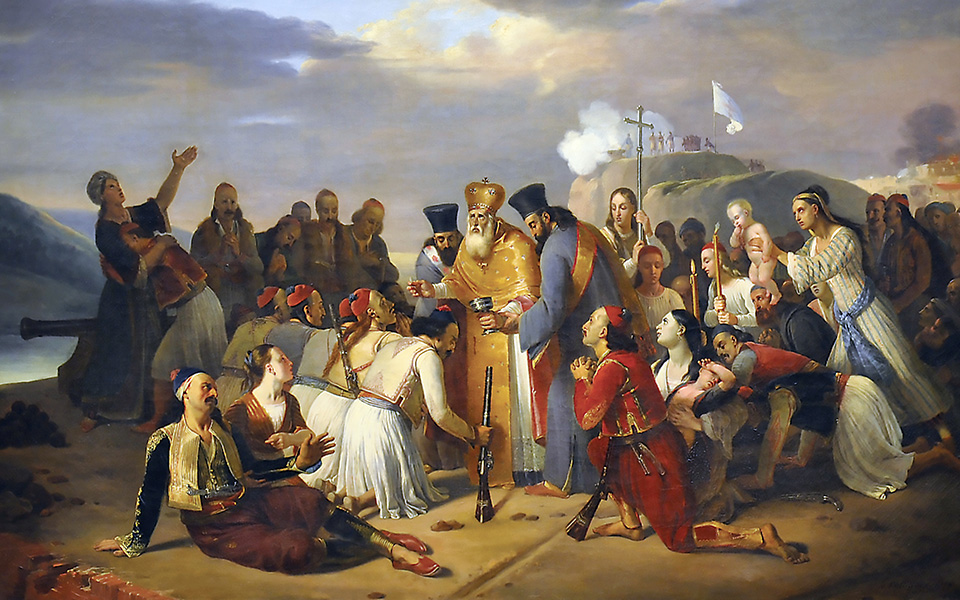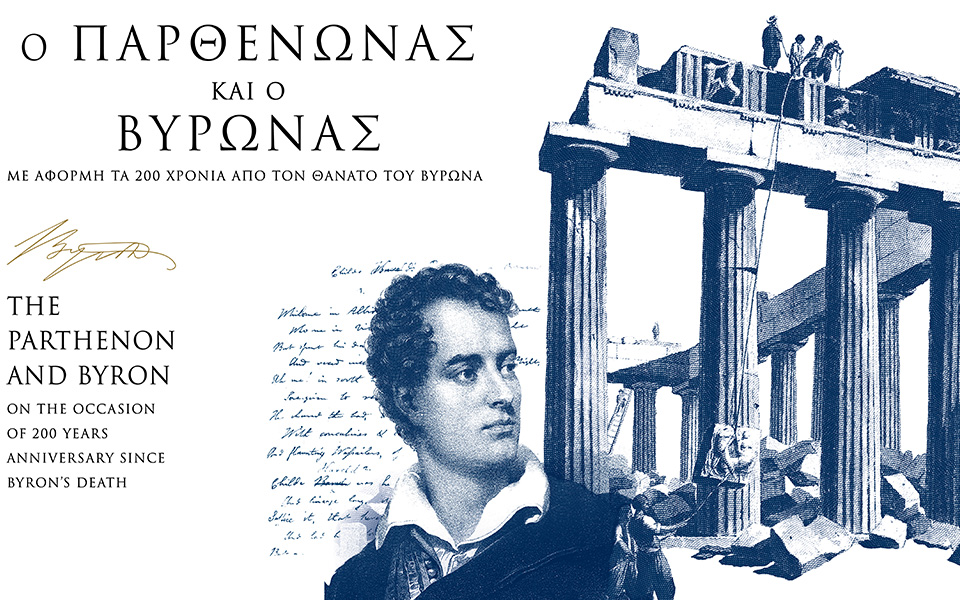As the world commemorates 200 years since the death of the renowned English poet and philhellene Lord Byron, the Acropolis Museum pays homage to his memory with a poignant exhibition highlighting his connection to the Parthenon’s architectural sculptures.
Lord Byron’s deep affinity for Greece is well-documented, with his last words echoing his commitment to the struggle for Greek independence: “I gave her my time, my health, my presence, and now I am giving her my life. What more could I have done?”
The exhibition opens to the public on Friday, April 26, at the ground floor of the Acropolis Museum in Athens. Among its exhibits is an unexpected gift left by Byron — an authentic Sultanic firman, his passport, which permitted him to travel unhindered through the Ottoman empire. This document, on display for the first time, adds weight to the argument against the alleged existence of Lord Elgin’s “firman,” which purportedly sanctioned the removal of the Parthenon sculptures in the first years of the 19th century.
In addition to Byron’s passport, visitors to the museum will have the opportunity to view the painting “Exodus from Messolonghi” (1827) by Louis Joseph Toussaint Rossignon, among other works inspired by this historic event.

© Acropolis Museum
The exhibition and its accompanying publication are divided into three sections:
Annotated Traveler Images: A selection of annotated traveler images from the Acropolis and the Parthenon, dating from a time before Lord Byron and the plunder of the monument’s sculptures by Elgin, up until the constitution of the modern Greek state and the founding of the archaeological site of the Acropolis in 1834.
Byron’s Poetry: A short biography of Byron accompanies excerpts from his poems “The Curse of Minerva” and “Childe Harold’s Pilgrimage,” which vividly describe the brutal detachment and destruction of the Parthenon’s architectural sculptures by Elgin and their subsequent underhanded seizure and removal.
Byron’s Passport: Byron’s original passport, the Sultanic firman, is exhibited for the first time in the Museum, sparking a renewed discussion on the return and reunification of the Parthenon sculptures.












